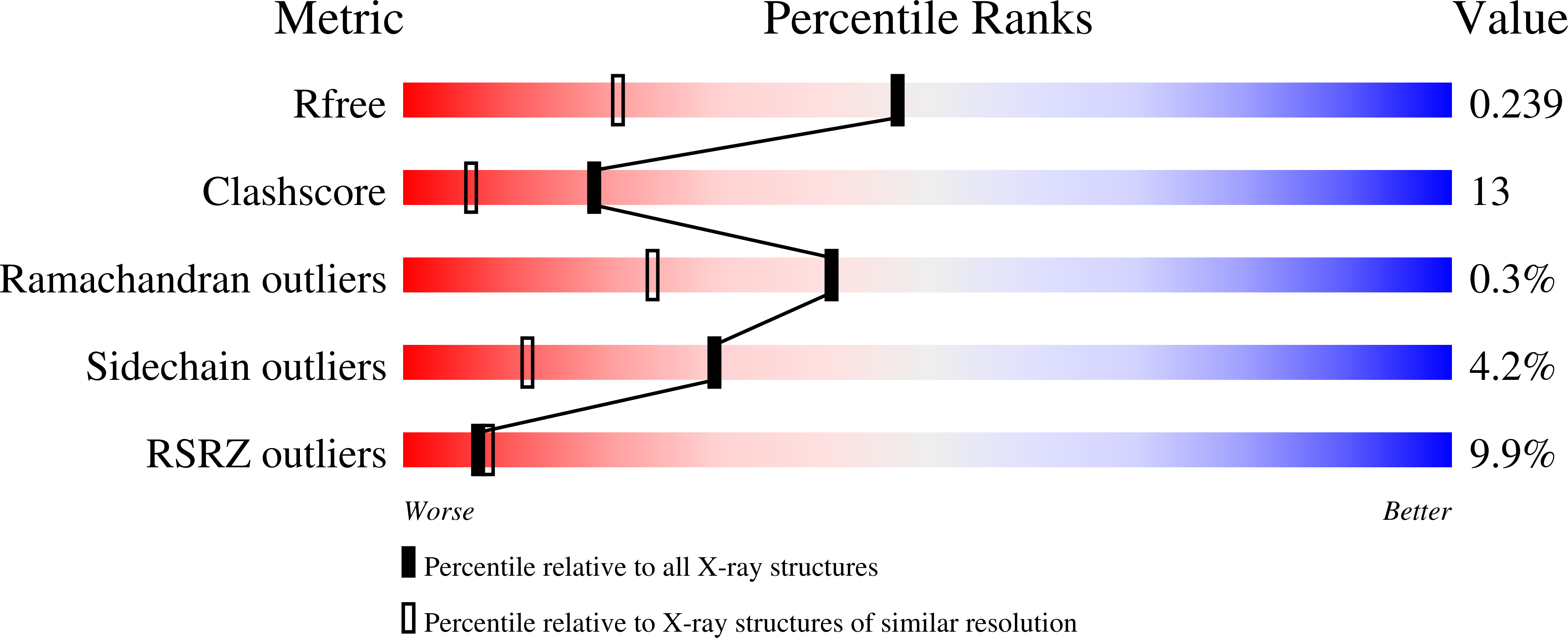
Deposition Date
2005-09-28
Release Date
2006-01-17
Last Version Date
2024-11-06
Method Details:
Experimental Method:
Resolution:
1.70 Å
R-Value Free:
0.24
R-Value Work:
0.21
Space Group:
P 43


